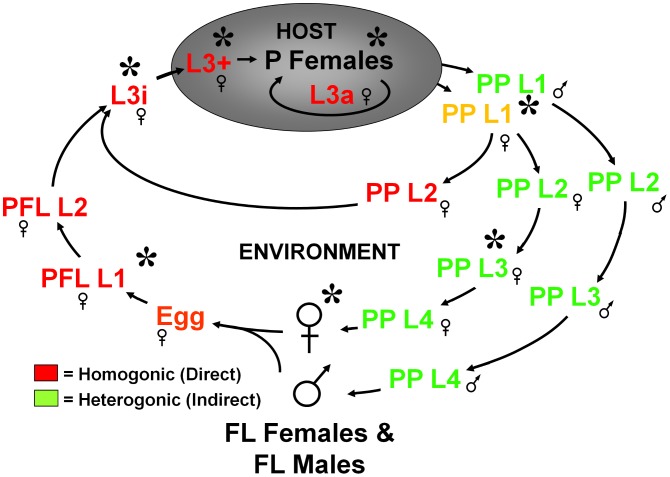Figure 1. Diagram of the Strongyloides stercoralis life cycle.
Developmentally arrested infective third-stage larvae (L3i) can form by either a homogonic route (dark red) or a heterogonic route (light green). Female post-parasitic first-stage larvae (PP L1) passed in the feces of the infected host can develop homogonically through two larval molts directly to L3i or heterogonically through four larval molts to free-living females (FL Females). Post-parasitic L1 males invariably develop heterogonically through four molts to free-living males (FL Males). Post-free-living L1 (PFL L1), which are all female, molt twice and develop exclusively to L3i. Upon encountering and penetrating a susceptible host, activated third-stage larvae (L3+) resume feeding and development, migrate to the intestines, and molt twice into parasitic females (P Females). Post-parasitic L1 larvae can also precociously develop into auto-infective third-stage larvae (L3a) entirely within the host. Developmental stages marked with an asterisk (*) were interrogated by RNAseq. Adapted from [7].

